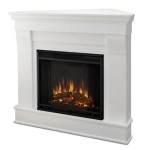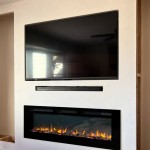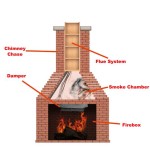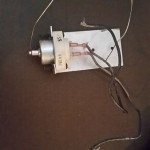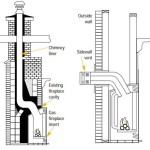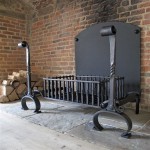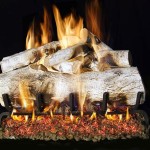The Allure of External Gas Fireplaces
External gas fireplaces, also known as outdoor fireplaces, have rapidly gained popularity in recent years, transforming backyards into inviting and functional spaces. These innovative heating solutions offer a unique blend of warmth, ambiance, and visual appeal, making them an attractive addition to any outdoor living area. This article explores the key benefits of external gas fireplaces, highlighting their design versatility, operational convenience, and environmental considerations.
Design Versatility and Aesthetic Appeal
External gas fireplaces exhibit remarkable design versatility, seamlessly integrating with various outdoor settings. From sleek modern designs to rustic and traditional styles, there's a fireplace to complement any architectural aesthetic. Whether you envision a freestanding unit, a built-in structure, or a fire pit-style design, the options are limitless. The fireplace's exterior can be crafted from diverse materials, including stone, brick, metal, or a combination thereof, adding a touch of personalized flair.
Furthermore, the design elements extend beyond the fireplace itself. Many models incorporate features like built-in seating, decorative fire glass, and elegant mantles, enhancing the ambiance of your outdoor space. The warmth and glow of the flames create a captivating focal point that draws people together, transforming your backyard into a welcoming oasis for relaxation and entertainment.
Operational Convenience and Efficiency
External gas fireplaces offer unmatched convenience compared to their traditional wood-burning counterparts. The primary advantage lies in their ease of operation. Lighting a gas fireplace is as simple as flipping a switch or pressing a remote control button, eliminating the need for messy firewood, kindling, or time-consuming fire-starting rituals. This simplicity makes it ideal for spontaneous gatherings or chilly evenings when you crave instant warmth and comfort.
Moreover, gas fireplaces are highly efficient in terms of heat distribution. They produce a consistent and controllable flame, allowing you to adjust the heat output as needed. This precision ensures optimal warmth without the need for excessive fuel consumption. Gas fireplaces also offer greater control over the smoke and ash production, resulting in a cleaner and more pleasant outdoor experience.
Environmental Considerations and Sustainability
While external gas fireplaces offer numerous benefits, it's crucial to consider their environmental impact. Natural gas and propane, the primary fuels used in these fireplaces, are considered cleaner burning than wood, emitting fewer harmful pollutants. However, the use of fossil fuels for heating still contributes to greenhouse gas emissions. To mitigate this impact, exploring options for renewable gas sources, like biogas, is essential.
Furthermore, the energy efficiency of gas fireplaces must be considered. Modern models are designed to maximize heat output while minimizing fuel consumption, contributing to reduced energy usage. Choosing a fireplace with a high AFUE (Annual Fuel Utilization Efficiency) rating ensures optimal performance and lower environmental footprint.
In conclusion, external gas fireplaces present a compelling alternative to traditional wood-burning models. Their design versatility, operational convenience, and environmental considerations make them an increasingly popular choice for homeowners seeking to enhance their outdoor living spaces. By embracing the latest advancements in design, technology, and fuel sources, these fireplaces offer a balance of aesthetics, functionality, and sustainability, creating cozy and inviting outdoor havens.

Single Sided Ready To Finish Gas Fireplace Outdoor Greatroom Greatrooms

Outdoor Gas Fireplaces Jetmaster

Outdoor Gas Fireplaces Jetmaster

Double Sided Indoor Outdoor Fireplace Heat Glo

Escea Ef5000 A Bell Gas Fires Stoves

Outdoor Fireplaces Gas Fires Modus

How To Vent A Gas Fireplace Without Chimney Vertical Care

Firepit And Outside Fireplaces Bespoke Fireplace Designs

Double Sided Indoor Outdoor Fireplace Heat Glo

Lakefield Xl Direct Vent Freestanding Gas Fireplace Stove Kozy Heat
Related Posts

